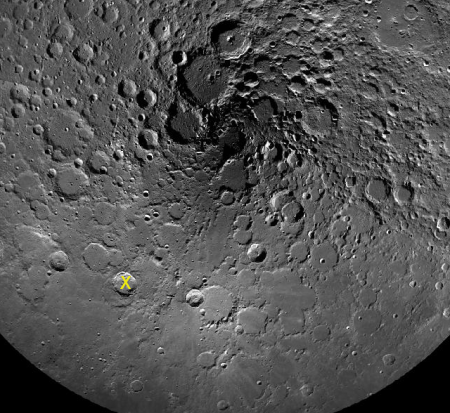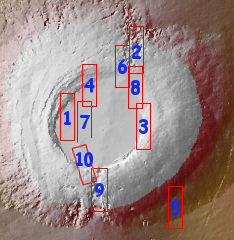NASA funds a cubesat-sized ultra-violet telescope
NASA has funded a cubesat-based ultra-violet telescope to launch in 2021.
SPARCS is a CubeSat built of six cubical units, each about four inches on a side. These are joined to make a spacecraft two units wide by three long in what is termed a 6U spacecraft. Solar power panels extend like wings from one end. “In size and shape, SPARCS most resembles a family-size box of Cheerios,” Shkolnik said.
The spacecraft will contain three major systems — the telescope, the camera, and the operational and science software. Along with Shkolnik, SESE astronomers Paul Scowen, Daniel Jacobs, and Judd Bowman will oversee the development of the telescope and camera, plus the software and the systems engineering to pull it all together. The telescope uses a mirror system with coatings optimized for ultraviolet light. Together with the camera, the system can measure very small changes in the brightness of M dwarf stars to carry out the primary science of the mission.
As I have noted numerous times recently, the space industry is splitting between large manned projects and tiny unmanned ones. While certain unmanned probes will always have to be larger, the ability to build and launch the same capabilities at a smaller size is lowering cost and allowing more probes to be launched.
NASA has funded a cubesat-based ultra-violet telescope to launch in 2021.
SPARCS is a CubeSat built of six cubical units, each about four inches on a side. These are joined to make a spacecraft two units wide by three long in what is termed a 6U spacecraft. Solar power panels extend like wings from one end. “In size and shape, SPARCS most resembles a family-size box of Cheerios,” Shkolnik said.
The spacecraft will contain three major systems — the telescope, the camera, and the operational and science software. Along with Shkolnik, SESE astronomers Paul Scowen, Daniel Jacobs, and Judd Bowman will oversee the development of the telescope and camera, plus the software and the systems engineering to pull it all together. The telescope uses a mirror system with coatings optimized for ultraviolet light. Together with the camera, the system can measure very small changes in the brightness of M dwarf stars to carry out the primary science of the mission.
As I have noted numerous times recently, the space industry is splitting between large manned projects and tiny unmanned ones. While certain unmanned probes will always have to be larger, the ability to build and launch the same capabilities at a smaller size is lowering cost and allowing more probes to be launched.



